The Web Media Verification Challenge @ 1st EURASIP-GAIPDM Seasonal School
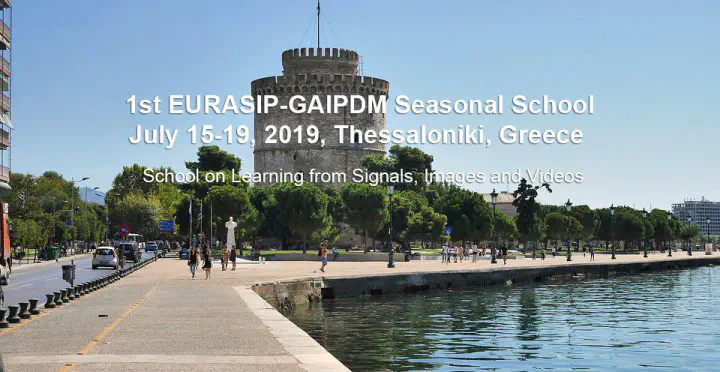 Photo by Pixabay / Desaturated from original.
Photo by Pixabay / Desaturated from original.
The Media Verification team of CERTH-ITI was invited to organize a hackathon, titled ‘The Web Media Verification Challenge’, in the 1st EURASIP-GAIPDM Seasonal School, that took place in Thessaloniki, Greece on July 15-19. 2019.
The school covered various categories of digital signals, namely content found in audio, images, videos, speech, and biosignals, and aimed to introduce practitioners to all aspects of current and future digital media processing and analysis, stepping into the fields of Signal Processing, Computer Vision, Pattern Recognition/Machine Learning, and Computational Intelligence.
The students attended exciting educational presentations and also participated in a hands-on session during the school programme.
After the lectures of the first day, on Monday 15th, two Hackathons were introduced to the 47 students which were split into groups of 2 to 4 students in order to participate.
Hackathon 2 was organized by the Media Verification team of CERTH-ITI. Yiannis Kompatsiaris made an introduction to the issue of disinformation and Symeon Papadopoulos presented the tasks of the ‘Web Media Verification Challenge’.

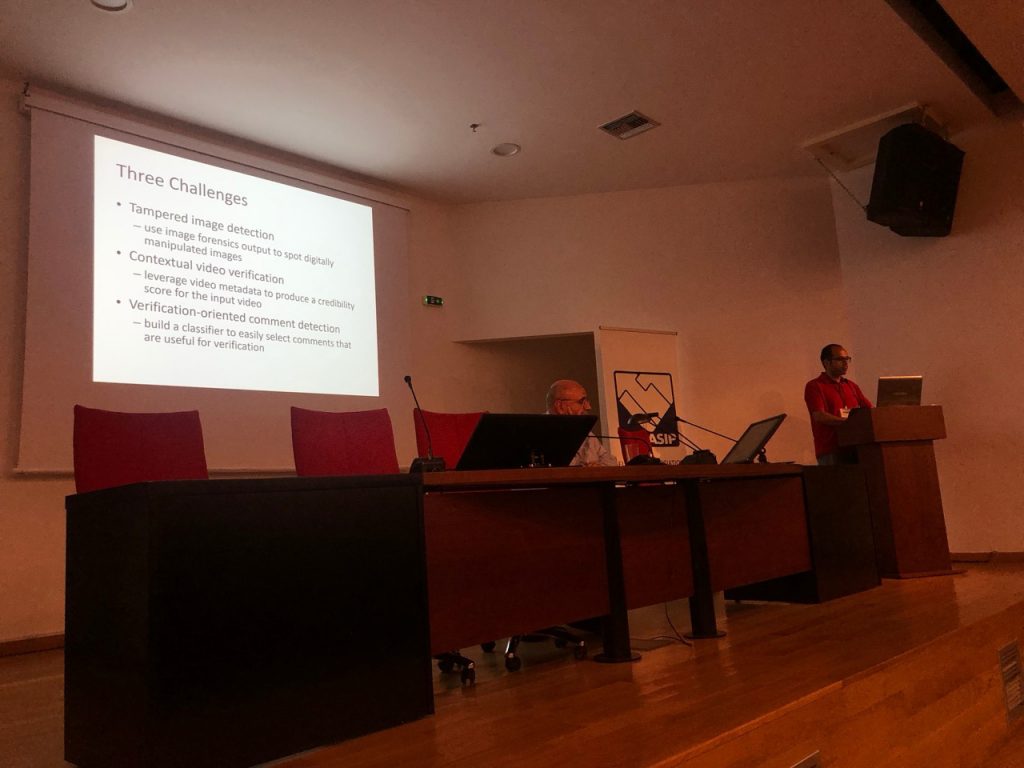
Three challenges were proposed based on tools and approaches developed within the WeVerify and TENSOR projects, both funded by the European Commission’s Horizon 2020 research and innovation programme.
Four groups of students were created. Each group worked on a task from the following:
-Tampered image detection: The students were provided with a dataset of tampered and untampered images and the outputs produced by a number of forensics algorithms. They were asked to build an automatic tampered image detection system to provide the user with a final estimate of whether the image is tampered or not based on the forensics algorithm outputs. -Contextual Video Verification: The students were provided with a dataset of debunked and verified videos, a subset of the Fake Video Corpus, which has been recently released by our team. -Verification-oriented comment detection: The students were provided with a dataset of debunked and verified videos that is a subset of the Fake Video Corpus and they were prompted to build a system that automatically retrieves comments that could be useful in the verification process.
Both hackathons were held from Monday July 15th to Wednesday July 17th, 2019. Technical support was provided by Markos Zampoglou concerning the ‘Tampered image detection’ task and Olga Papadopoulou with respect to the ‘Contextual Video Verification’ and ‘Verification-oriented comment detection’ tasks.
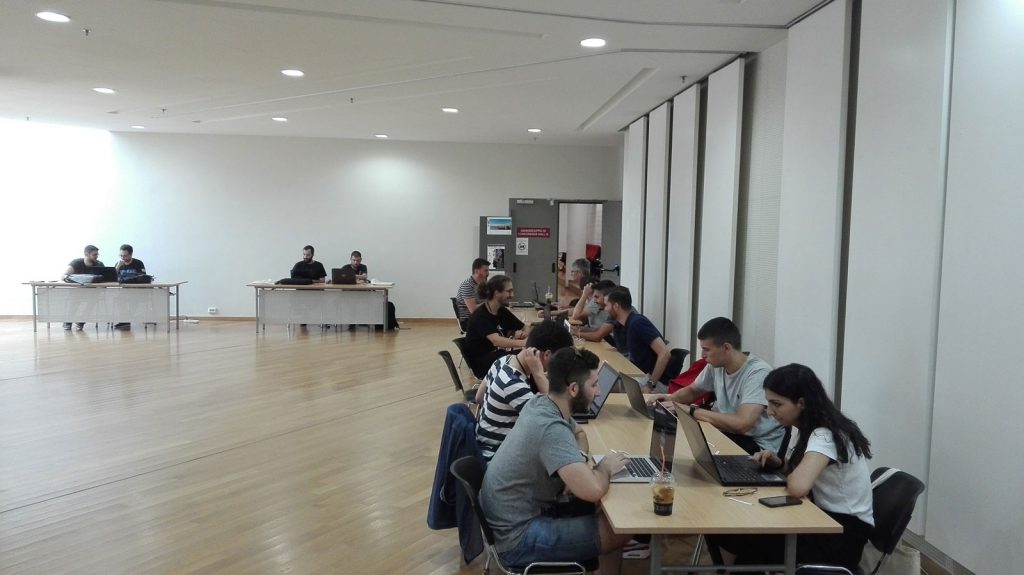
During the last day, Thursday 18th, the teams were invited to present their works and the organizers were prompted to select the best approach as the winner. Two teams, one out of each Hackathon, were selected and awarded with a tablet sponsored by MLS.
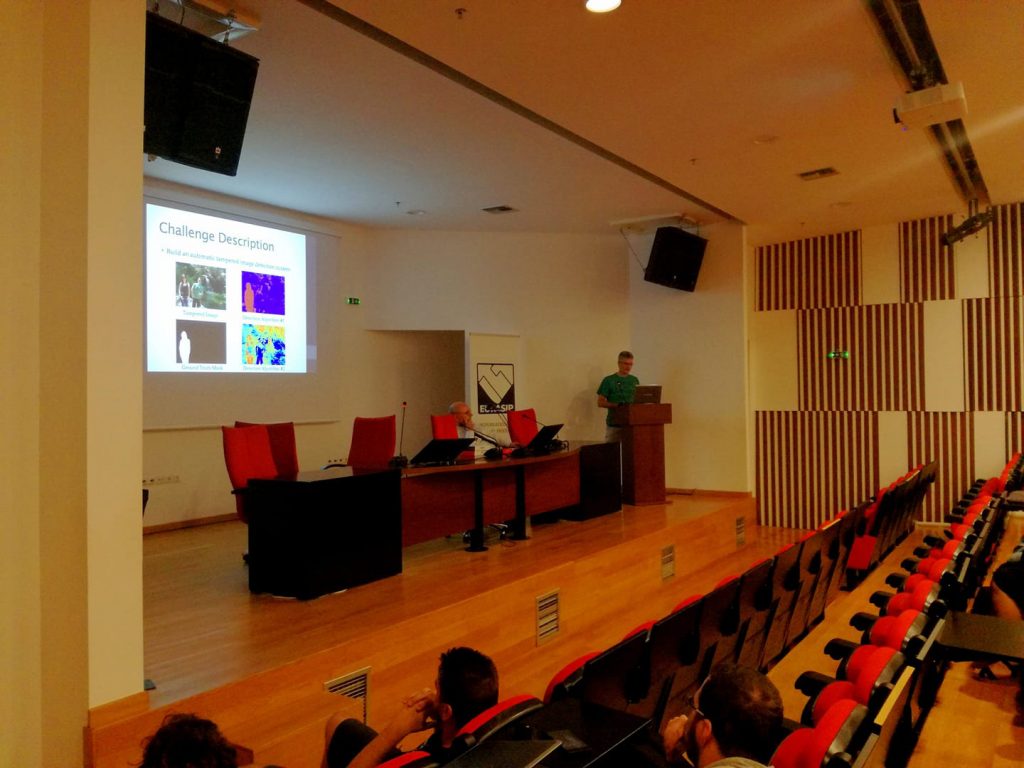
The winners of Hackathon 2 ‘‘Web Media Verification Challenge’’ was the team of Georgios Orfanidis, Marios Krestenitis, Eleutheria Bargioti, Aris Ximariotis.
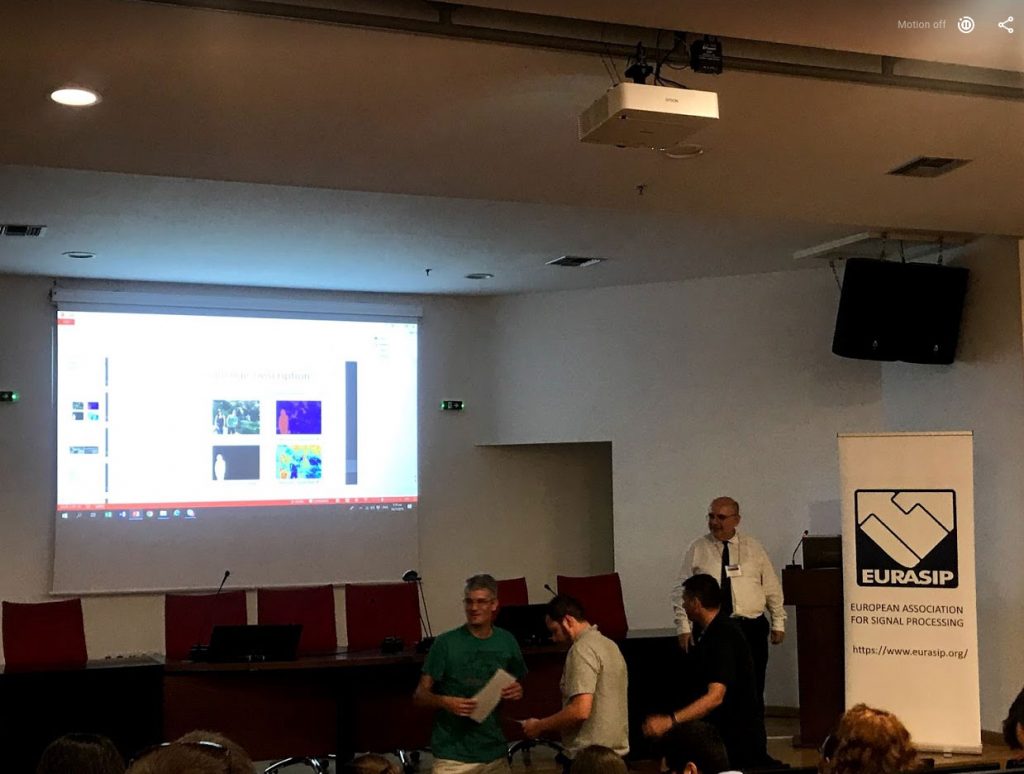
Overall, the Hackathon was an educational event where the challenges of spreading disinformation were discussed and new ideas for dealing with this vital challenge raised up.
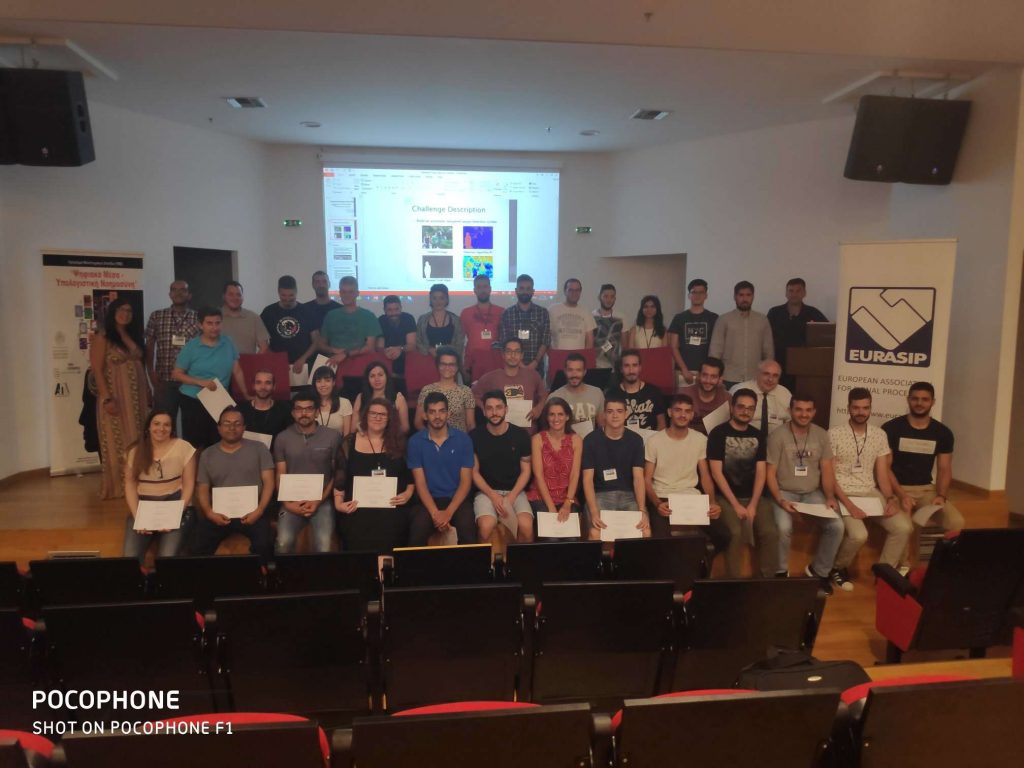
The content of this post is licensed under a Creative Commons Attribution-NonCommercial-ShareAlike 4.0 International License (CC BY-NC-SA 4.0).
